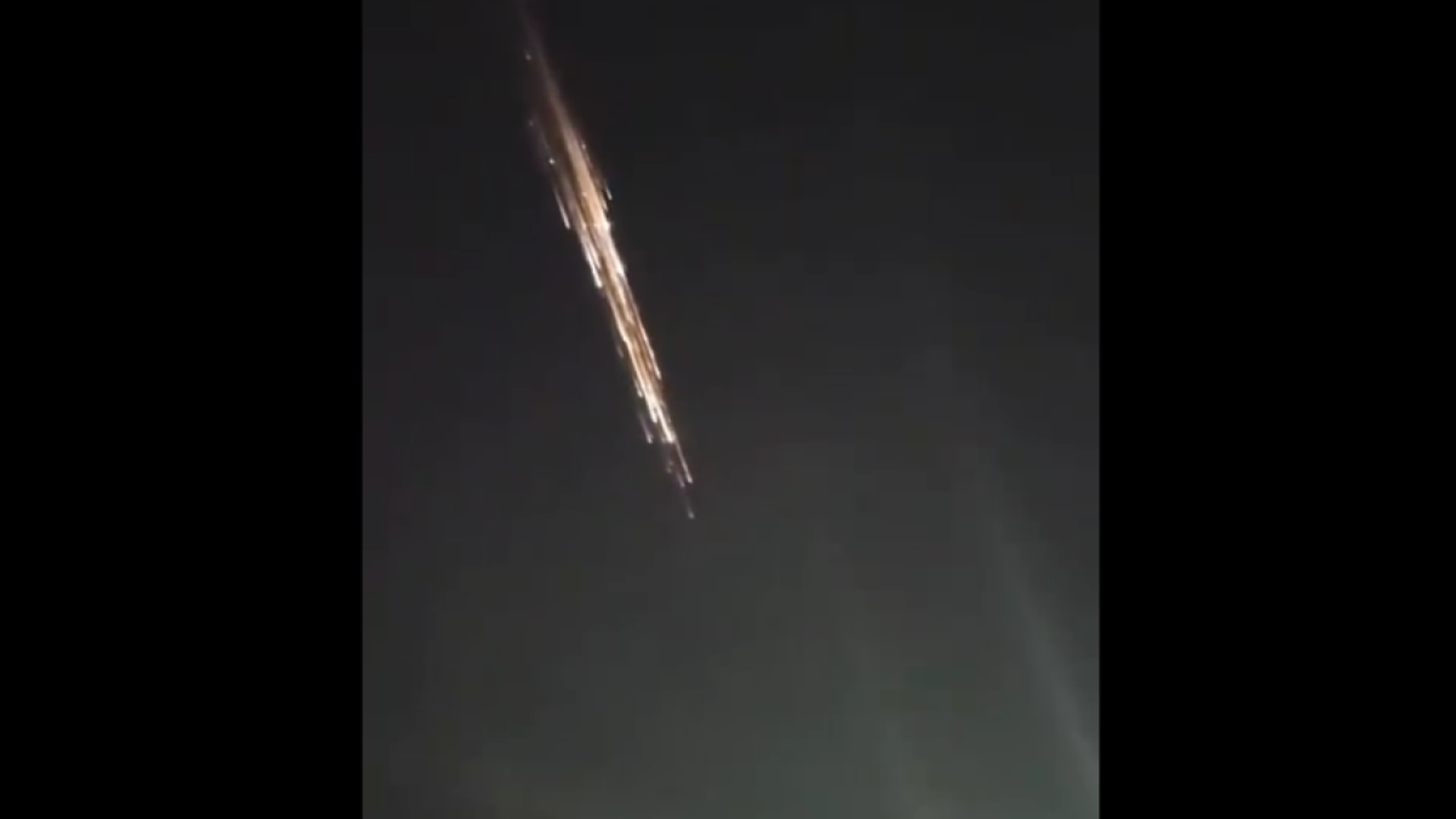NASA Confirms Massive Retired Satellite Safely Crashed Off Coast of Alaska
Subscribe
According to tracking projects, there are some 23,000 pieces of space debris larger than a softball orbiting the Earth, many of which are pieces of leftover satellites or rocket pieces, but all of which pose a potential threat to spacecraft in orbit. Nations have begun proposing “cleanup” projects in recent years to eliminate some of the junk.
The US space agency NASA has confirmed that a retired US military satellite had been successfully deorbited, plunging back to Earth in the Bering Sea west of Alaska on Sunday evening.
The satellite was the Earth Radiation Budget Satellite (ERBS), which had once been used to study how Earth absorbs and radiates solar energy, and took measurements of stratospheric ozone, water vapor, nitrogen dioxide, and aerosols in the atmosphere.
"The Department of Defense confirmed that the 5,400-pound satellite reentered the atmosphere over the Bering Sea," NASA said in a Monday statement, adding that it “expected most of the satellite to burn up as it traveled through the atmosphere, but for some components to survive the reentry."
"ERBS far exceeded its expected two-year service life, operating until its retirement in 2005," NASA wrote. "Its observations helped researchers measure the effects of human activities on Earth's radiation balance."
The ERBS was launched in October 1984 by the Space Shuttle Challenger as part of NASA’s Earth Radiation Budget Experiment (ERBE) mission, which included two other satellites operated by the National Oceanographic and Atmospheric Administration (NOAA).
NASA announced the ERBS’ fate last week after determining that its eventual crashing back to Earth on its own was not guaranteed, and it did not want a 2.5-ton piece of space junk flying around or one day falling back to Earth in an uncontrolled manner. The space agency estimated there was a 1 in 9,400 chance of the satellite injuring a person on the ground.
Both issues have attracted greater concern in recent years, as large numbers of satellites are increasingly being put into orbit in “constellations” that increase the risk of a collision in space. The US has launched complaints against Russia and China for space debris-related issues, and China’s Tiangong space station was forced to alter course to avoid a Starlink satellite operated by SpaceX, a US-based space company.
However, space agencies deorbit spacecraft orbiting other planets, too, albeit out of concern for potential biological contamination and not a danger posed by other craft.


